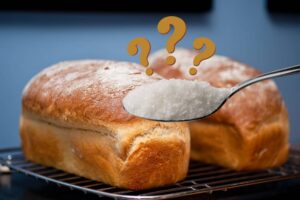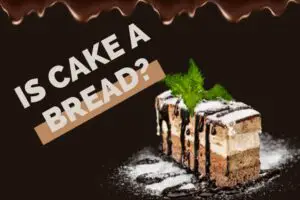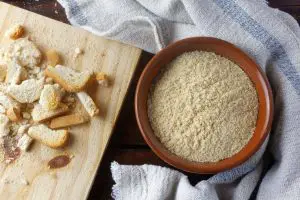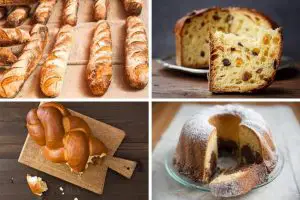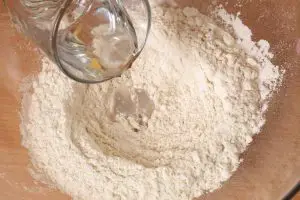Bread and cake are both things that we eat an awful lot of. They make great use of a range of ingredients to easily create meals that are simply delightful to eat, and utterly perfect for any kind of meal.
When comparing bread and cake, though, you might struggle to see much of a difference. In essence, they’re very similar! However, there are a number of details that make all the difference, so we’re going to run through them in this article.
Bread vs Cake
Here are 6 key differences between bread and cake.
1. Leavening agents
When we’re talking about baked goods, we generally use the term ‘leaven’ in place of ‘rise’. For example, a leavening agent is something that will help a baked good to rise in the oven.
A particularly simple difference between cake and bread is that cake is typically made with a chemical raising agent. For example, this will commonly be baking powder or baking soda. These chemicals work off a simple principle – when an acid and a base are combined, some amount of salt, water, and carbon dioxide gas is produced. Therefore, when those things are added to a cake, the gas works to put bubbles into the cake. This, in turn, makes the cake rise.
In the case of bread, yeast is commonly used. Yeast is a living thing that is typically freeze-dried, so that it is dormant, before being mixed into bread dough. This process feeds the yeast with sugars from the flour, allowing it to digest that flour and produce carbon dioxide gas bubbles. These bubbles are then trapped within the dough, leading to the bread rising as more gas is produced during proving and baking.
2. Ingredients
The simple fact of it is that the ingredients list for a cake is a lot longer than the ingredients list for bread. When making bread, purists will commonly tell you that all you truly need are four ingredients: flour, water, salt, and yeast.
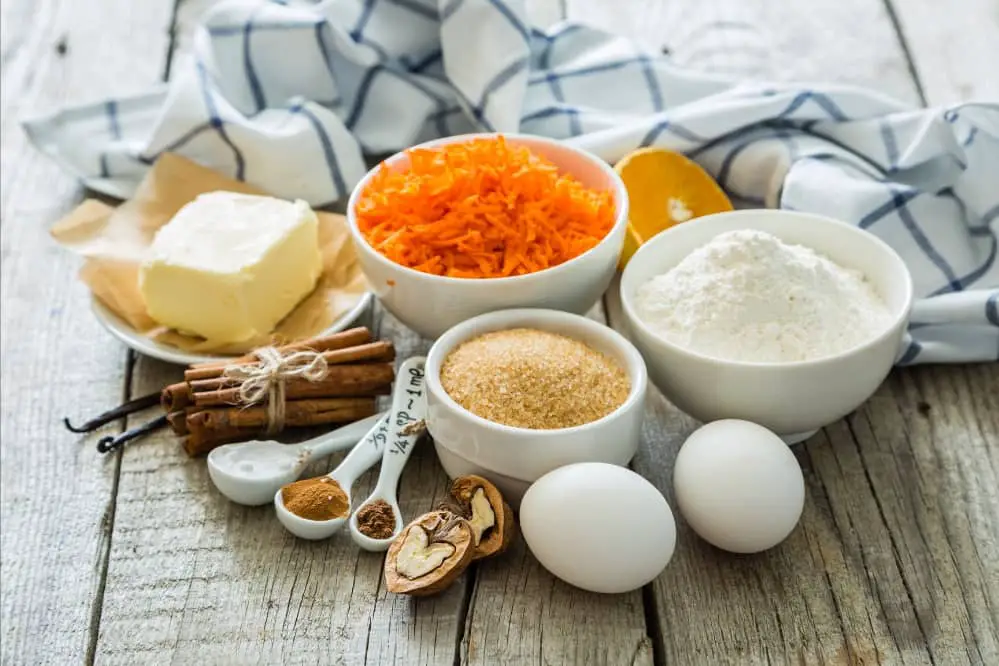
These ingredients, when combined and prepared in the right way, can give you a loaf of well-baked bread in no time at all. Though fat, milk, or eggs might be added for some specialty bread, it’s rare. Mostly, the base ingredients are just those four.
When making a cake, though, more is needed. Sugar, eggs, butter, and milk, are typically only the tip of the iceberg! They enrich the dough, making it thicker, sweeter, richer, and more delicious. In short, these additional ingredients make a very simple and important difference – they make the cake, cake.
Related article Best Butter For Baking Cakes
3. Sugar content
The sugar content of bread is almost always very, very low. This is because all the sugar that’s ‘needed’ for flavor is locked within the carbohydrates of the flour. Sometimes, a small amount of sugar may be added to give the yeast a boost, but this is quite rare.
Cake, however, is commonly full to bursting with sugar! It’s not uncommon for the ratio of flour to sugar in a cake to be one-to-one! This means that the dough itself is exceptionally sweet throughout, with the final cake being browned thanks to, in part, the caramelization of the sugar.
On top of this, the fondant, icing, and frosting components of a cake are typically mostly made from sugar. This means that they’ve got a lot more sugar than bread does.
4. Fat content
The fat content in cake and bread is a hotly debated issue. Generally speaking, though, there’s rarely much more than a tablespoon of fat in bread. Even then, most bakers don’t add fat at all!
Sometimes, fat is added to bread to allow it to brown in the oven more easily, or to prevent it from sticking to the baking pan. This is rare, however, with bakers preferring their bread dough to be a little more straightforward and simple.
In cake, however, fat is always added. It’s used to enrich the cake batter massively, as this gives each sponge a soft, rich, and moist sensation to it that’s quite hard to ignore. Butter is the most commonly used fat when baking, though almost any other fat could also be used.
High-fat ingredients can also be used in cake, including cream and milk. These options will lead to a richer, softer cake, usually.
5. Flavor
The actual flavor difference between bread and cake is really quite simple.
Bread, essentially, tastes like cooked flour. The flavor itself is very mild, with the flour of the dough being the main flavor. You can buy mixes and loaves with added herbs and other ingredients but, generally speaking, the bread itself won’t taste too intense in any meaningful way.
Cake, on the other hand, will be exceptionally sweet and rich. Cake is made with a wide range of sweet, high-fat ingredients that are used to create an indulgent, rich final dish that tastes very different from bread.
6. Preparation method
Finally, the preparation methods for bread and cake are very different from one another.
Cake is made quite quickly. The process generally involves a phase of mixing together wet ingredients and then adding dry ingredients. When everything is combined, it must be immediately baked or the leavening agents won’t work right. Therefore, the actual process can be quite quick, often taking less than an hour.
Bread is made much more slowly. During the dough-making process, there are several breaks needed to allow the dough to rise, and then pat it down and knead it for a longer amount of time. This process is also repeated several times, with the end result being a change in texture according to the baker’s wishes.
Is cake bread?
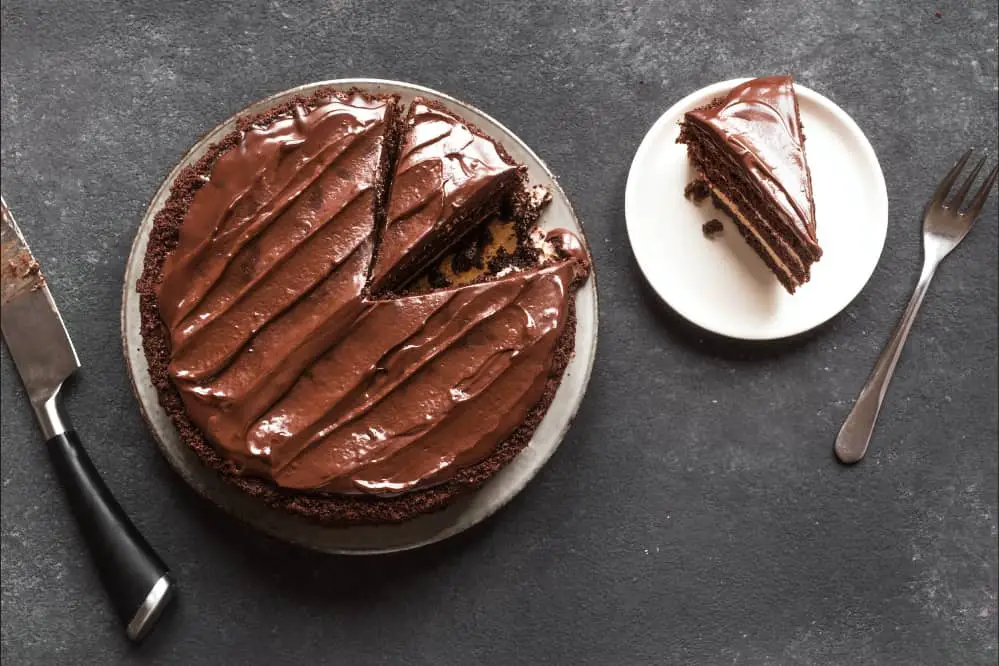
This is a question we can answer confidently: no. Bread and cake are not the same thing, as there are a number of differences in both ingredients and methodology that make them fundamentally dissimilar. From their flavor and texture to the ingredients list themselves, they have a number of differences, despite the fact that they may look quite similar at first glance.
We hope you enjoyed this article, and learned a little something about the differences between baking bread and cake in your home.

